For many Japanese, making mochi (glutinous rice cakes) is a time-honored tradition. But do you know how mochi is made? Mochi is a variety of Japanese cakes made from sticky rice dough. It comes in many different shapes and flavors. Some popular options include mochi balls filled with sweet red bean paste, sprinkled with soybean flour, or grilled and wrapped in seaweed.
Table of Contents
ToggleWhat is mochi?
No matter the recipe, every Japanese rice cake centers around mochi dough. This sticky, elastic paste comes from cooking and pounding mochigame rice. It’s a short-grain, sweet rice known for its chewy consistency. Pounding it down into mochi was once a ritual event with religious significance. In today’s times, traditional mochi-making endures, especially in rural regions. Yet, modern methods gain traction, valued for their time, effort, and equipment efficiency.
The Traditional Method: Mochitsuki
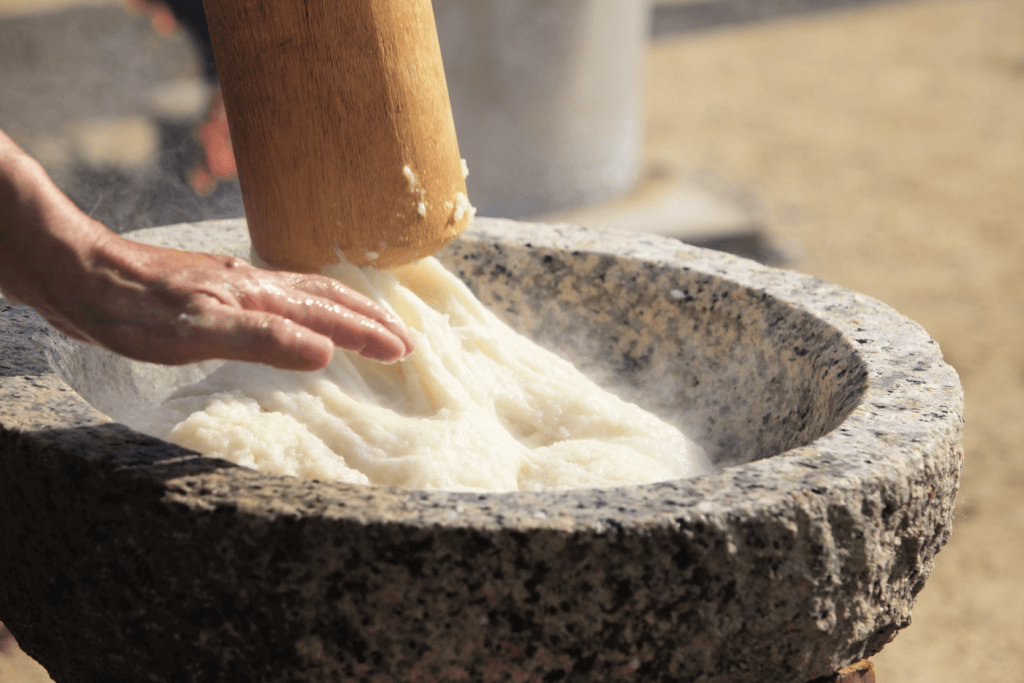
Making Japanese mochi the traditional way is called mochitsuki, literally “mochi making.” Like many things in Japan, mochitsuki is a practical task, a beloved craft, and a ritual ceremony. It’s also an uphill, day-long event that relies on perseverance and collaboration. As such, mochitsuki is often carried out in a group of family or friends during a period of celebration and rest. The most common time in Japan is New Year’s, when mochi is a central component of traditional Japanese New Year‘s food, osechi ryouri.
Are you interested in enjoying even more traditional Japanese snacks like mochi? Check out Sakuraco! Sakuraco delivers traditional Japanese snacks, teas, sweets, and snacks from local Japanese makers directly to your door so you can share more of Japan’s rich culture.
In traditional mochitsuki, the mochi-making process starts the evening before by washing and soaking the rice overnight. Then, the following day, place the rice into a wooden basket and steam it over a pot of boiling water. Once the rice becomes soft, transfer it to a large Japanese mortar and knead it until it forms a hot dough. Then, it’s time to begin the pounding!
Pounding the dough is by far the most exciting part of mochitsuki. At least two participants are required: the tsuki-te pounds the sticky rice dough with a large wooden mallet, while the kaeshi-te turns the dough and adds hot water to prevent sticking. This process is vital to mochi’s distinct texture; pounding introduces air, creating a soft and chewy consistency. Since it hardens as it cools, speed is essential.
How hard is it to make rice cakes?
Well-executed, traditional mochitsuki can be as elaborate and impressive as a choreographed dance. The dough is piping hot, and the wooden mallet is hard and heavy, so the kaeshi-te and tsuki-te often shout as they work to help establish a rhythm and avoid injuries. This risky technique will test your trust, speed, and coordination to the limit!
After achieving a smooth texture with no visible rice grains, transfer the dough to a floured surface for shaping. Often, the cook rolls the dough into small, round mochi balls, although other prevalent shapes include cubes, rectangles, and triangles. Afterward, combine the dough with various ingredients like red bean paste, cinnamon, and ice cream to create cherished delectable treats during this stage.
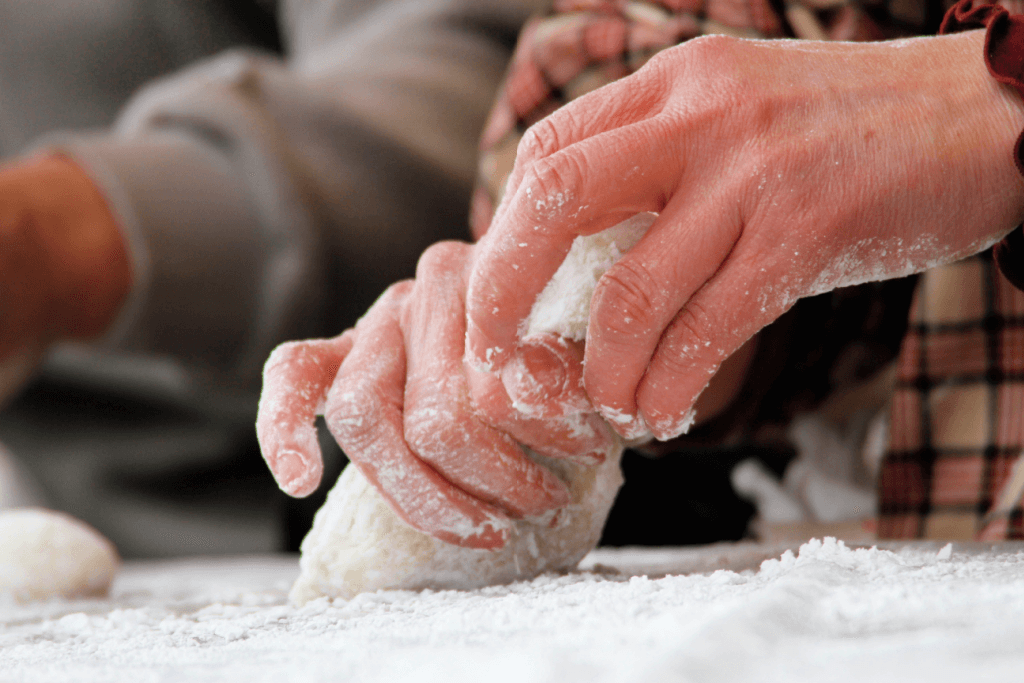
Modern-Day Mochi Making
Over the years, experts developed several modern methods to make rice cakes more accessible and less labor-intensive. In an industrial context, a specific pounding machine has significantly automated the rice-pounding process. Some of these machines, like bread makers, use a blade for kneading and punching the dough. Others recreate the full mortar and mallet set-up of traditional mochitsuki and mechanize the pounding, turning, and adding water.
By comparison, the most common method for making rice cakes at home today is radically different from its traditional counterpart. Instead of using glutinous white rice as a base, it uses glutinous rice flour, such as mochiko or shiratamako. Grinding mochigome rice into a powder produces these flours, eliminating the need for pounding. This method involves combining rice flour with water, then repeatedly cooking and stirring the mixture until it forms a sticky, malleable dough.
Which is better: machine or handmade?
However, although quicker and easier than traditional methods, connoisseurs will tell you that mochi made using flour instead of rice lacks traditional mochi’s smooth, stretchy texture. To avoid this pitfall, dedicated appliances can be purchased for particular cooks and rice cakes. Like rice cookers, these appliances cook the rice and then automatically pound it into a smooth paste using a powerful motor and fitted blade.
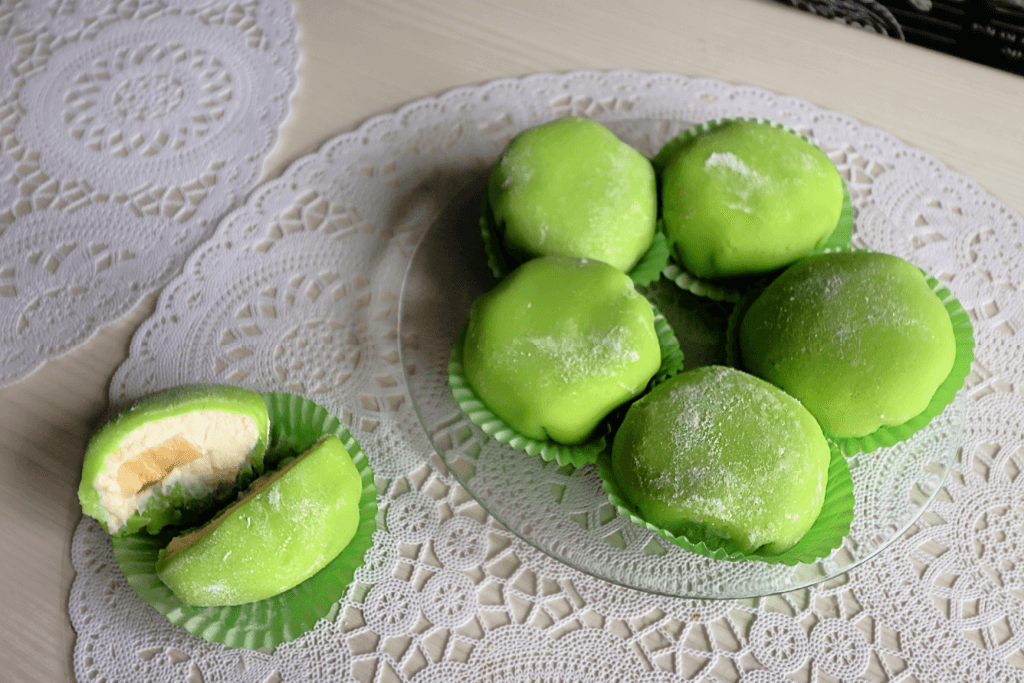
Of course, despite all these options, it’s common for Japanese people to buy rice cakes pre-made from the grocery store! Although different from the festival or homemade versions, packaged rice cakes offer convenience and quick storage. Grocery stores feature delicious mochi varieties, including beloved mochi ice cream, ensuring mochi is readily available. Are you interested in making Japanese mochi the traditional way? Have you ever made it before? Let us know in the comments below!

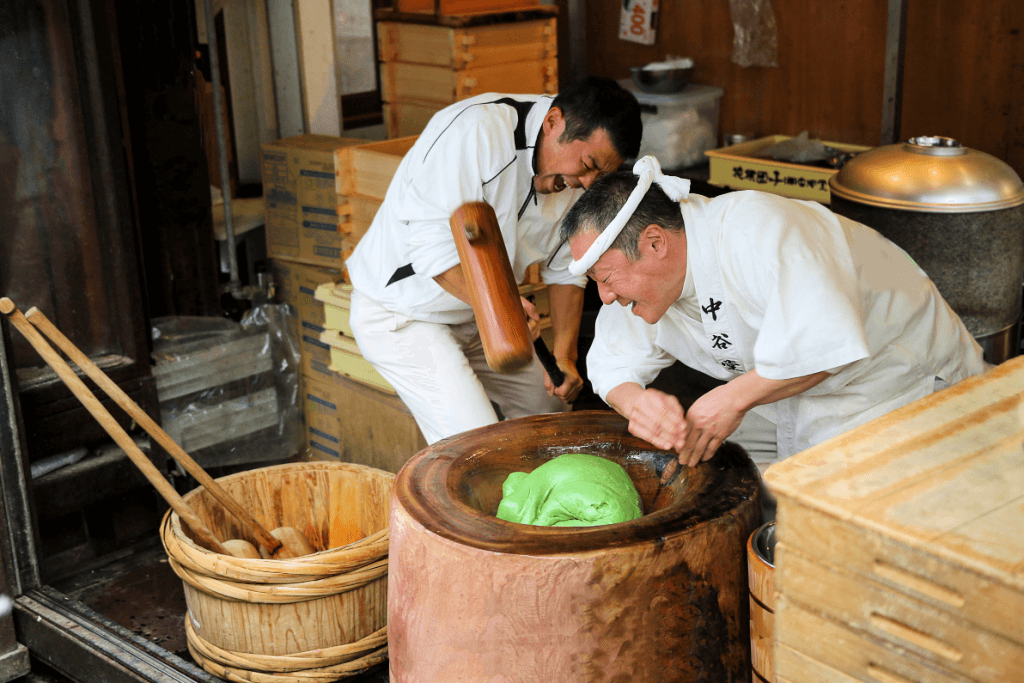


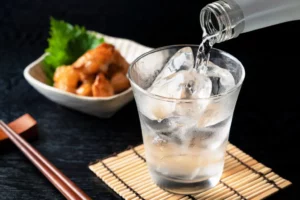
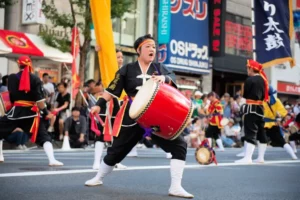
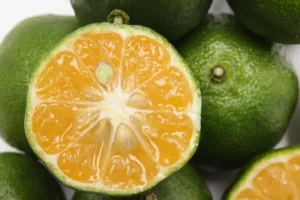
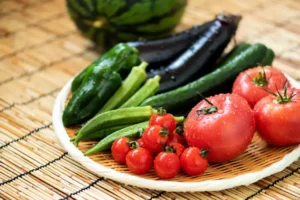



2 Responses
The OG stuff looks amazing ! 😀
It really is something special! Are you able to find mochi where you’re from?